The issues currently facing the construction sector are well documented, with rising build costs expected to continue to affect new development moving forward. However, some sectors are likely to fare better than others as rental growth is forecast to continue to mitigate against some of the headwinds faced by developers.
The industrial & logistics sector is a case in point, with RealFor predicting rental growth of 5 per cent per annum over the next five years, which will be even greater in some key locations. Coupled with critically low vacancy rates of 2.8 per cent, the need for more speculative development has never been greater.
While there have been some questions surrounding affordability for occupiers, recent research from Savills, supply chain consultants Hatmill and LondonMetric suggests that rent makes up just 12 per cent of total logistics costs. Given rising energy, transportation and labour prices, the relative proportion businesses pay for rent should, in theory, remain fairly stable.
Taking this into consideration, the market fundamentals appear ideal for development. However, larger macro events require developers to consider their procurement strategies.
Traditionally, developers have used a competitive tender process to secure a contractor at the best possible price. However, as the construction industry is currently a sellers’ market, a number of main contractors are electing to opt out of the competitive tender process in favour of negotiating with a preferred client.
This is largely being driven by the reduction in price validity periods received from sub-contractors. While previously tenderers offered up to 90 days, this has now shrunk to just five days in some cases due to supply chain price volatility. The best documented example is steel: British Steel has increased its prices by £820 per tonne since November 2020, a circa 30 per cent increase on steel material costs. For developers and consultants this is making tender assessments increasingly difficult and contributing to the continuing trend of developers placing early orders for key packages.
With further price increases expected, planning ahead has become more critical than ever. It is now essential to keep track of construction market conditions in order to manage price certainty, especially with the ongoing demand for further warehouse development.
Several developers have successfully placed early orders for key packages to manage this risk, with the additional benefit of fixing construction cost for a large proportion of the project value at an early stage.
Within the industrial & logistics sector, we expect developers to continue to manage risk by placing early orders while construction remains in high demand and vacancy rates remain at historic lows.
Further information
Real estate insights podcast: How concerned should we be about industrial & logistics supply?
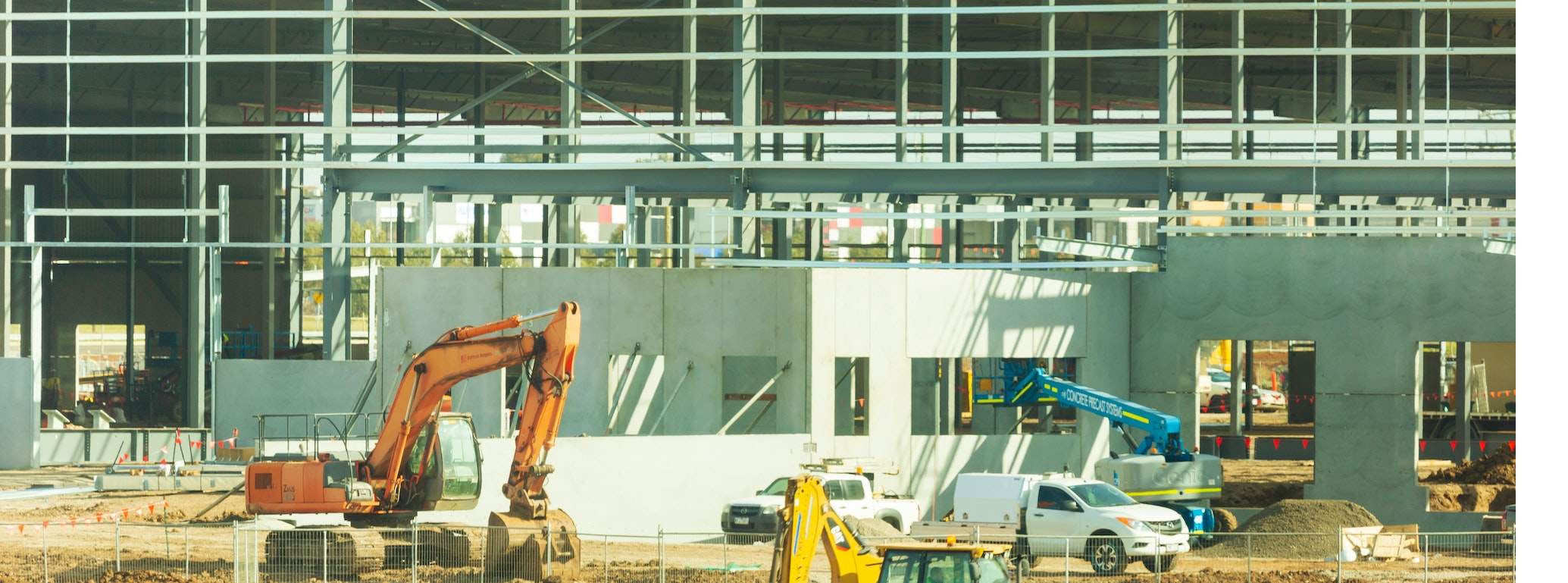

.jpg)
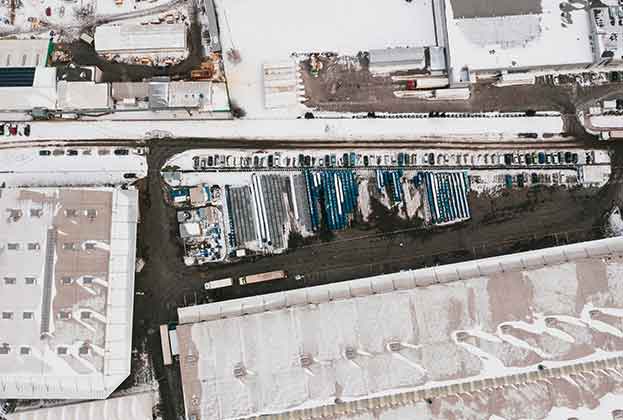
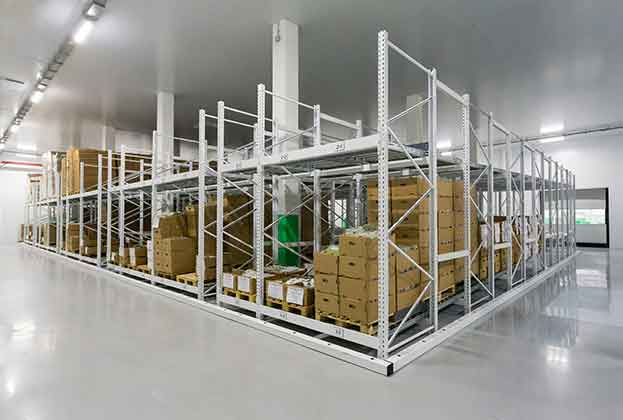
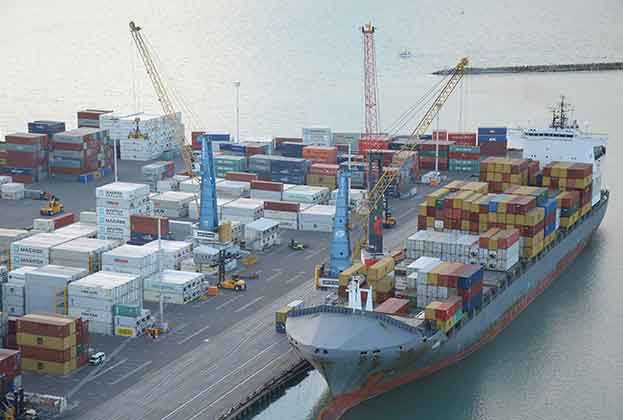
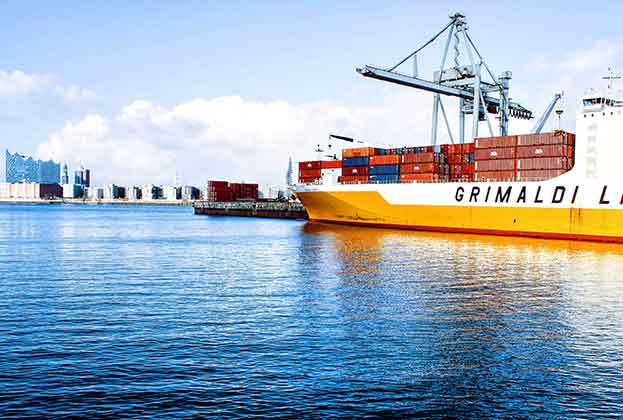

.jpg)

.jpg)